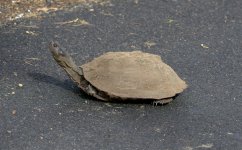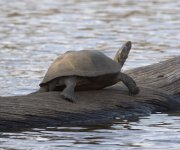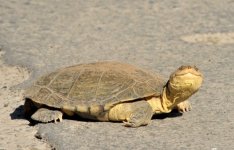Steve Babbs
Well-known member
Dear all
Can anyone tell me in simple language how to identify serrated hinge tortoise from Cape marsh terrapin? The field guide appears to be in a foreign language to me! I've attached photos of two different individuals.
Thanks
Steve
Can anyone tell me in simple language how to identify serrated hinge tortoise from Cape marsh terrapin? The field guide appears to be in a foreign language to me! I've attached photos of two different individuals.
Thanks
Steve







